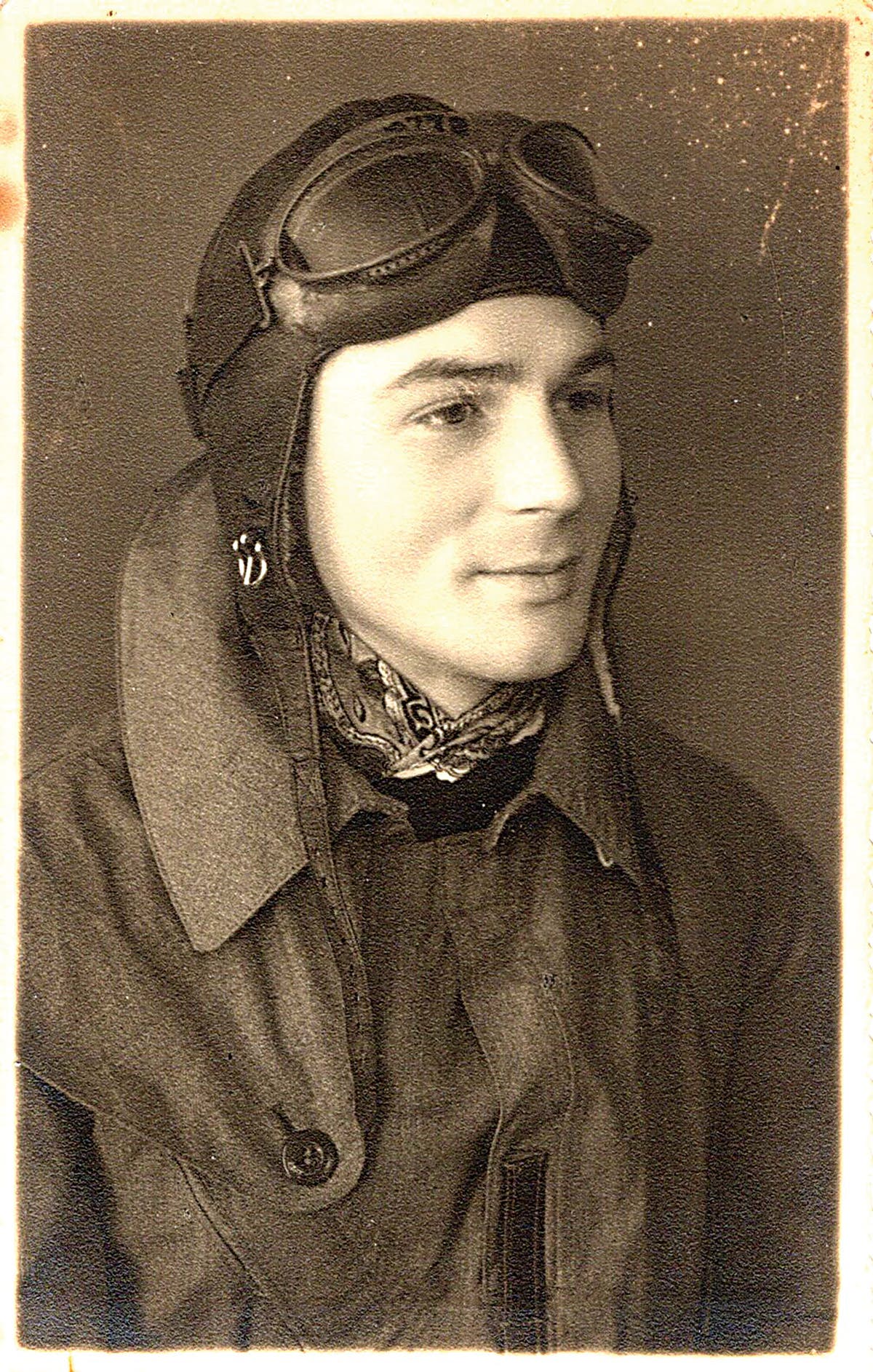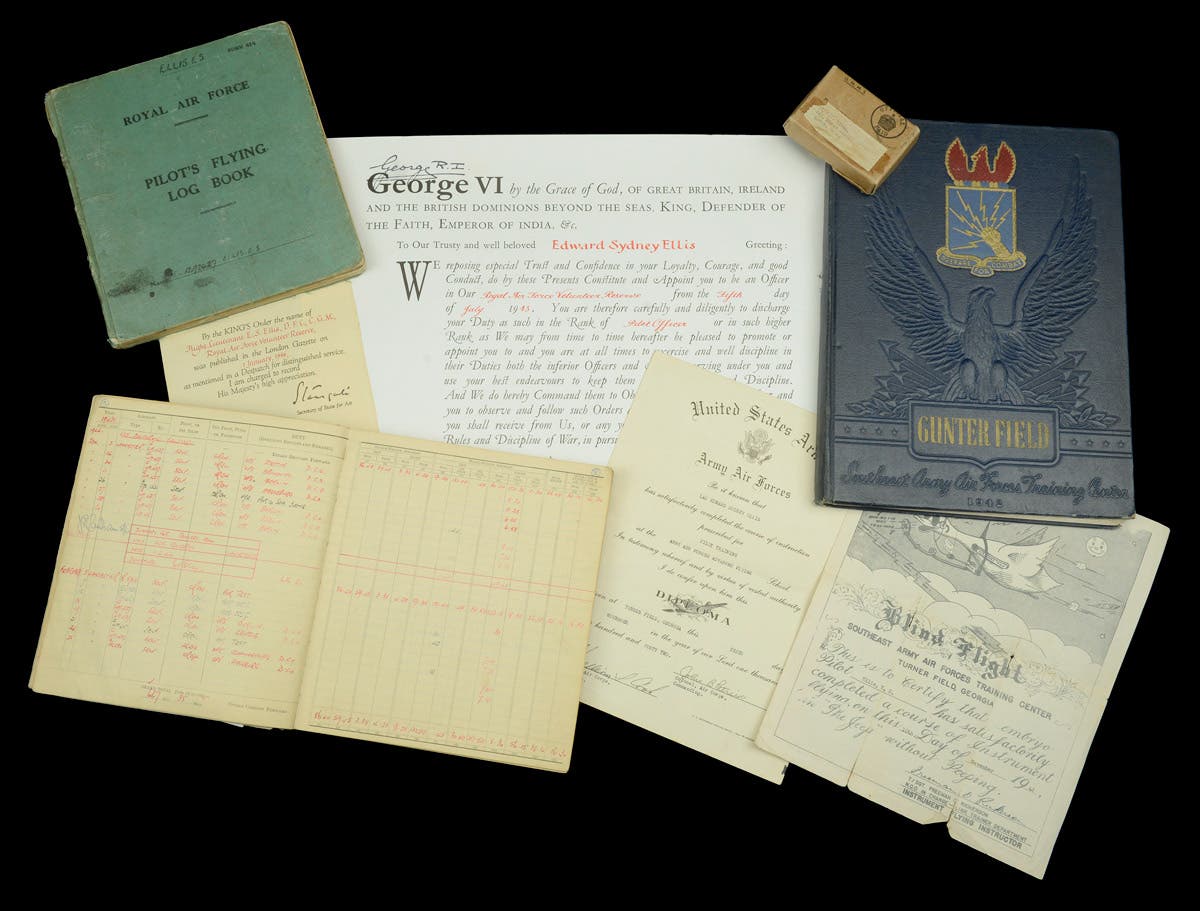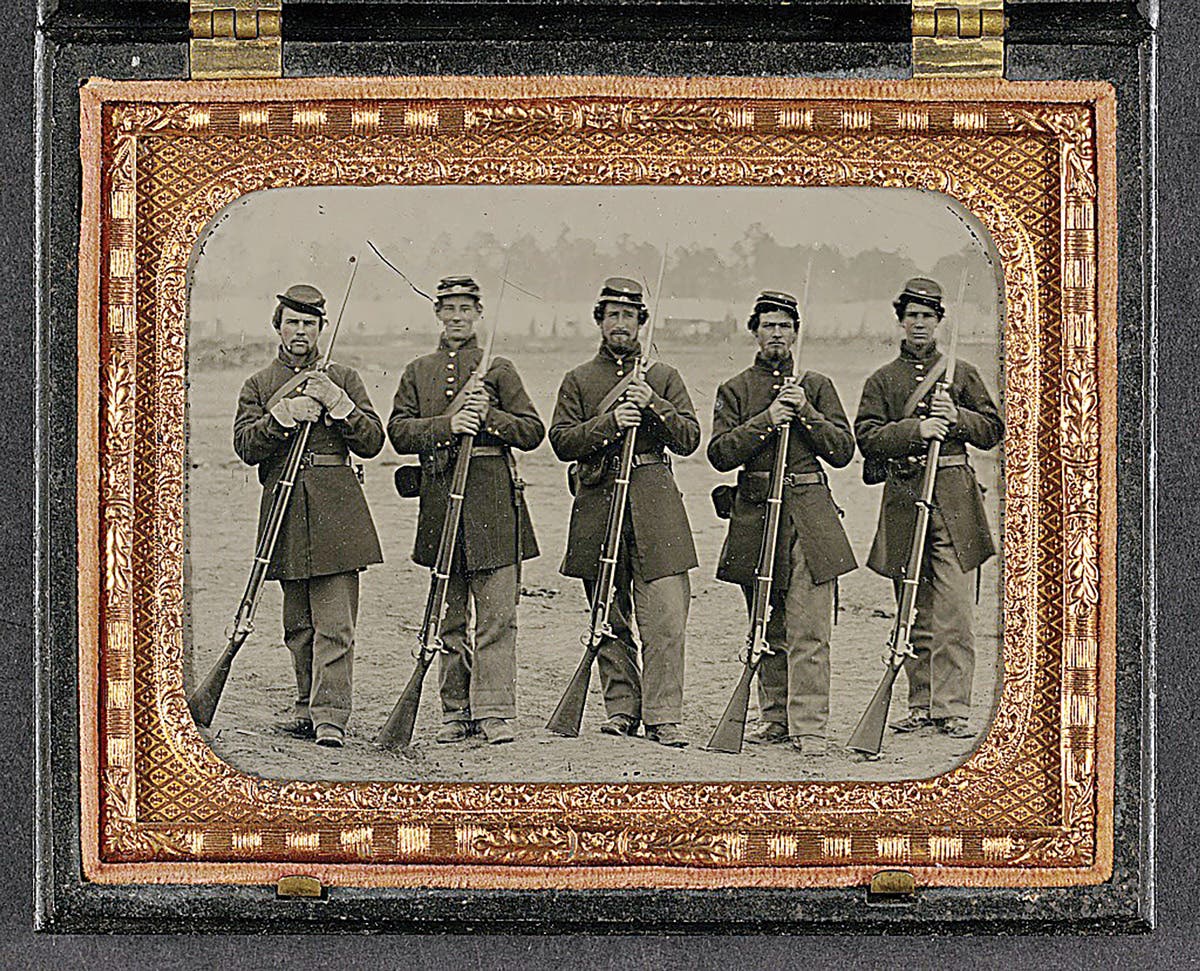By John Norris
When it comes to German militaria, one has to be extremely careful with what one buys to add to a collection because so much has been reproduced.
Experienced collectors specializing in German medals and awards will already know what is genuine and what is best avoided. This caveat emptor is a wise policy to follow. If any doubt should exist about the authenticity of an item, then adopt the maxim to leave well alone.
Mistakes can be expensive, but not all genuine German medals are outside the financial reach of those seeking to begin collecting on a budget. The German Cross of Honor 1914-1918 is one such item. Traders currently value it at between $15 and $30 (£6 and £8 GBP) and so, should an example turn out to be a re-strike, it is of no real loss when compared to what could be at stake with more famous awards.
The Cross of Honor was cast from bronzed iron, which gives it a dark patina and looks as though it should be more expensive than it is. There were two versions of the medal, both having all the decorative detail on the obverse whilst the reverse is blank apart from a couple of tiny initials: these are the makers’ marks.
The medal was instituted in July 1934 by German President Paul von Beneckendorf und von Hindenburg. He was a war hero himself, having fought on the Eastern Front against the Russians during World War I where he gained decisive victories at Tannenberg and the Masurian Lakes. He wanted to create an award that would honor his fellow countrymen who served in the conflict.
Hindenburg was, as a young officer in the Seven Weeks War, fighting against the Austrians in 1866. In 1870 he took part in the fighting against France, and from such personal experience, he knew the value such awards as the Cross of Honor would mean to the recipients. He died in August 1934, making the institution of the medal one of the last acts of his office.
Although Germany had lost World War I, her troops had, for the most part, fought honorably, even though they had employed poison gas and flamethrowers in the process. The Cross of Honor was instituted to “…the memory of the imperishable deeds of the German people…” The proclamation went on: “… for all participants as well as for the widows and parents of those who fell or died of wounds or as prisoners of war, or were reported missing and have not since been traced.” In other words, it was a way in which Germany could reward its servicemen with a medal when usually it is only the victorious armies that receive medals.
TWO VERSIONS
The version awarded to those serving in a combatant role was a design of a cross pattèe measuring 38mm across (approximately 1.5”) with the obverse bearing garland of laurel in the centre of which appear the dates 1914 and 1918. The combatant version of the Cross has two swords passing through from the lower portion with blades pointing upwards and would be awarded to infantrymen, airmen, artillery, seamen and cavalry.
on-combatant version
of the Cross of Honor without the swords.
www.treasurebunker.com
Both versions are suspended from a ring on the top of the vertical shaft of the cross. The ribbon has a central red stripe and alternating black and white strips: the national colors of Germany. In shape it is not dissimilar to the Iron Cross of 1914.
The Iron Cross was instituted by Frederick William III in 1813 and was awarded in various categories or Classes. During World War I some 219,300 awards of the Iron Cross first class were made and around 5,500,000 in the second class.
The Cross of Honor was presented for non-combatant duties, such as nursing staff and police. It had a design of oak leaf garland in the center and the dates 1914 and 1918, but it lacked the swords. The name of the recipient does not appear on the medal nor does any other detail.
RECIPIENTS OF THE CROSS OF HONOR
The Cross of Honor had to be applied for. This created a bureaucratic nightmare for the enquiries department. They dealt with millions of applications not only from former servicemen, but also from widows and parents who lost loved ones in the fighting. This placed a heavy burden on the armed forces and the police and local authorities who had to investigate each claim.
Even though millions of applications were made most were honored by the issuing of the medal. It was accompanied by a document of identification bearing the name of President Hindenburg. Widows and the parents of sons killed in the fighting were presented with crosses of lacquered iron.
Among the many successful applicants claiming the Cross of Honor was Adolf Hitler. Other servicemen eligible for the award included Hermann Goering and Erwin Rommel as were other less notable officers.
A MEDAL FOR COLLECTORS
From the collector’s point of view, the document accompanying the Cross of Honor is usually missing and the huge numbers issued means it is not of any great intrinsic value (about $15-$35) and it is likely to remain so.
The fact that individual awards were not recorded makes it impossible to prove that a particular award was the property of a senior officer and so value remains low.
The large numbers issued also makes it one of the most common of all German awards, making it a good starting point for anyone beginning to collect militaria. However, as a point to show the end of the Weimar Republic of Germany under President Hindenburg and the beginning of the Nazi regime under Adolf Hitler, the Cross of Honor is of real historical significance, which is what a collector really wants.








